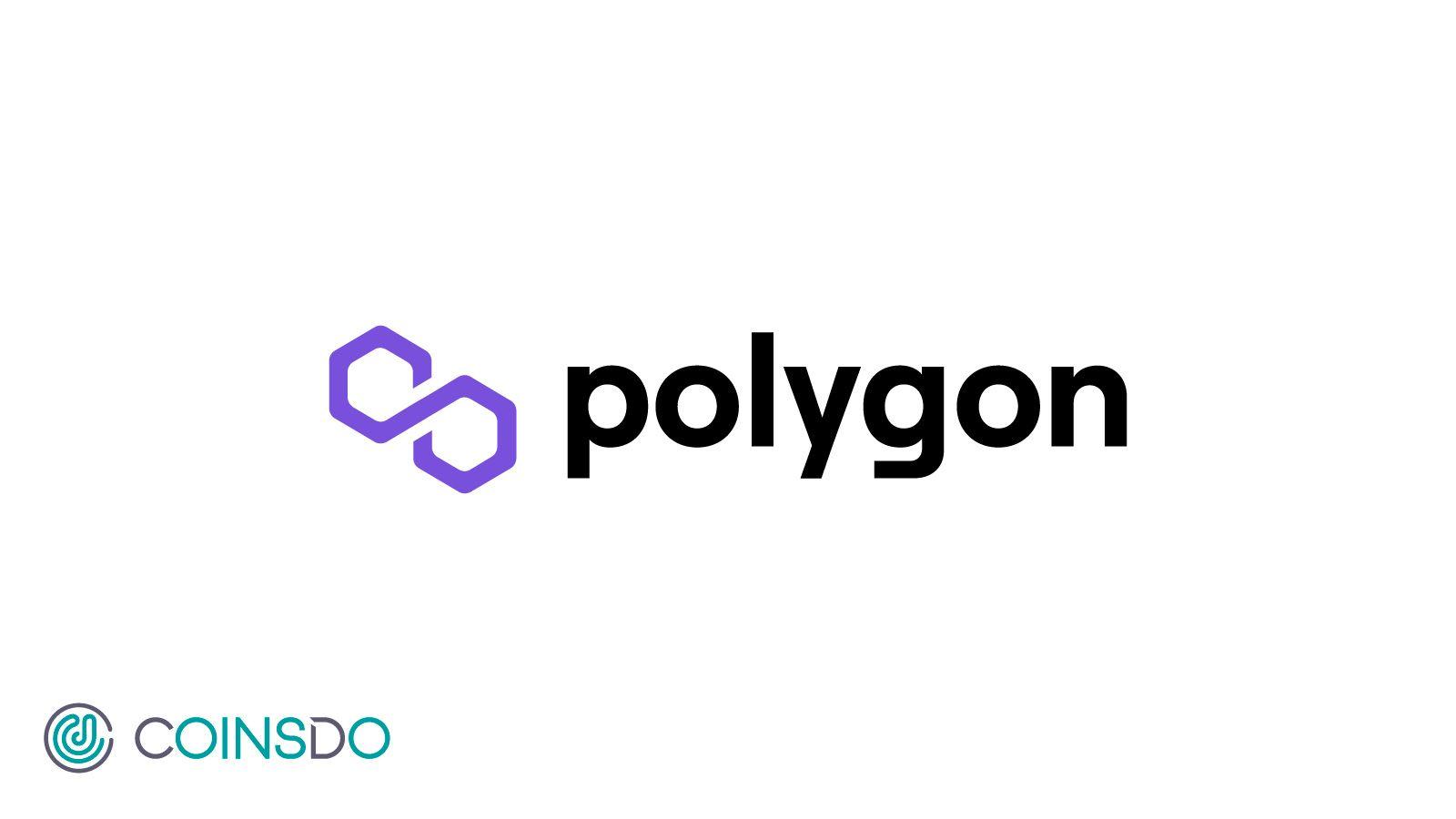
6 min read
What is Polygon (MATIC)?
Polygon, a cutting-edge blockchain platform, addresses critical challenges in the blockchain ecosystem, such as scalability, decentralization, and interoperability. Since its inception, Polygon has swiftly become a favored solution, largely due to its innovative multi-chain architecture and exceptional performance.
In this article, we examine the specific features that distinguish Polygon, including its use of sidechains, Plasma framework, zk-Rollups, and Optimistic Rollups. We will also highlight notable case studies that showcase Polygon's real-world applications, from DeFi projects to gaming platforms.
Polygon's Role in DeFi Growth: A Game-Changer for Decentralized Finance
Polygon has emerged as a powerhouse within the DeFi sector, providing scalable and efficient solutions for decentralized applications (dApps). The network’s design addresses several of the limitations associated with Ethereum, offering a robust infrastructure to support DeFi projects.
Scalability
One of the primary challenges with Ethereum has been scalability. High gas fees and slower transaction times have hindered its capacity to support the growing DeFi ecosystem. Polygon addresses these issues with its Layer 2 scaling solutions, significantly reducing transaction costs and improving throughput without compromising security. This capability positions Polygon as a preferred choice for DeFi developers looking to build on a more efficient and cost-effective platform.
Interoperability
The interoperability of Polygon further enhances its role in the DeFi space. By seamlessly connecting with Ethereum and other blockchains, Polygon enables smooth asset transfers and cross-chain functionality. This interoperability is crucial for creating a cohesive and interconnected DeFi ecosystem, allowing liquidity and assets to move freely across different networks.
Low Transaction Fees
Moreover, Polygon’s low transaction fees and fast confirmation times make it an attractive choice for smaller transactions and micro-payments, which are often not feasible on Ethereum due to high costs. This opens up new possibilities for innovative financial services and products that rely on frequent, low-cost transactions.
Understanding Polygon’s Impact: Transforming the Ethereum Network
Polygon’s influence extends beyond just DeFi; it has a profound impact on the Ethereum network itself. By offering Layer 2 scaling solutions, Polygon alleviates congestion and enhances the overall performance of Ethereum. This contribution is critical as Ethereum continues to face scalability issues with its growing user base and application demands.
Polygon’s Architecture
Polygon’s architecture consists of several components, including sidechains, Plasma framework, zk-Rollups, and Optimistic Rollups. These technologies enable Polygon to process a high volume of transactions at lower costs while maintaining robust security measures.
The Plasma framework: Allows for the creation of child chains that can handle a large number of transactions off-chain before submitting them to the Ethereum mainnet, thus relieving congestion and reducing fees.
zk-Rollups: zk-Rollups bundle hundreds of transactions into a single batch, using zero-knowledge proofs to ensure that each transaction is valid. This method significantly enhances throughput while maintaining high security standards.
Optimistic Rollups: Optimistic Rollups operate by assuming transactions are valid and only verifying them if a fraud proof is submitted, which reduces the computational load and further accelerates transaction speeds.
By offloading transactions from the Ethereum mainnet to the Polygon network, Ethereum’s capacity is significantly increased, allowing for more efficient processing and reducing the burden on its infrastructure.
Real-World Use Cases of Polygon
Polygon’s success has sparked interest from institutional investors and enterprise-level projects. Its robust infrastructure and potential for scalability make it an appealing choice for large-scale applications seeking to leverage blockchain technology.
This growing interest has led to its adoption in various real-world use cases, demonstrating its potential beyond just the DeFi space. Here are some notable examples:
Gaming and NFTs: Polygon’s scalability and low fees make it an ideal platform for gaming and non-fungible token (NFT) projects. Games like Decentraland and Aavegotchi have integrated Polygon to enhance gameplay experiences and reduce transaction costs associated with in-game assets and NFTs.
Payment Solutions: Polygon’s fast transaction speeds and minimal fees enable seamless payment solutions. Projects like EasyFi and Superfluid leverage Polygon to offer real-time, cost-effective transactions for various financial services.
Supply Chain Management: Blockchain's transparency and immutability are advantageous for supply chain management. Projects like Trace Network utilize Polygon to create efficient, tamper-proof supply chain solutions that improve traceability and accountability.
Polygon and MATIC Supported on CoinsDo
CoinsDo is excited to announce that it now supports transactions on BSC and the related BNB token. This new integration means that CoinGet and CoinSend can now efficiently manage these assets, providing users with a seamless and secure digital asset management experience.
If you're in the market for a reliable, secure, and cost-effective digital asset management system, reach out to us to learn how CoinsDo can empower your business.



